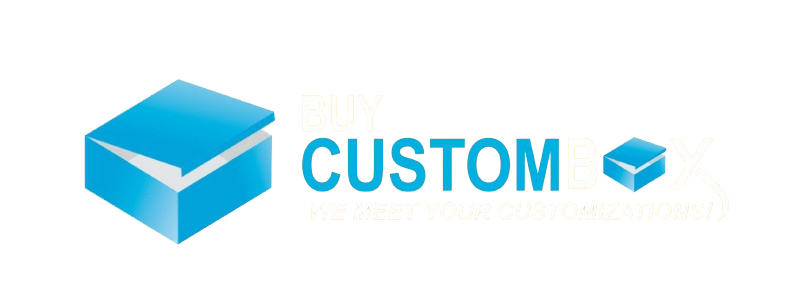Introduction
Custom printed rigid boxes are a versatile packaging solution that offers a combination of durability, aesthetics, and functionality. These boxes are constructed from sturdy materials, making them ideal for protecting valuable products and creating a lasting impression. In this article, we will explore the various materials commonly used in rigid box construction and discuss their advantages and disadvantages.
Common Materials Used in Rigid Boxes

- Cardboard: Cardboard is one of the most widely used materials for rigid boxes due to its affordability and versatility. It comes in different thicknesses and can be easily printed and die-cut to create various shapes and sizes.
- Corrugated Board: Corrugated board is a strong and durable material made from layers of cardboard separated by fluted material. It offers excellent protection for products and can be customized with different flute patterns to achieve varying levels of strength.
- Chipboard: Chipboard is a composite material made from wood chips or wood fibers that are bonded together with adhesive. It is a cost-effective option that provides good structural support.
- Solid Board: Solid board is a high-density material that offers exceptional strength and rigidity. It is often used for luxury packaging and can be finished with various coatings to enhance its appearance.
- Plastic: Rigid boxes made from plastic, such as polypropylene or PVC, are lightweight, durable, and waterproof. They are suitable for products that require protection from moisture or other environmental factors.
- Metal: Metal rigid boxes, such as those made from tin or aluminum, are highly durable and offer a luxurious appearance. They are often used for premium products and can be customized with various finishes and embossing techniques.
Material Selection Considerations
When choosing the right material for your custom printed rigid boxes, consider the following factors:
- Product Weight and Size: The weight and size of your product will determine the required strength and durability of the box. Heavier or larger products may require thicker materials or additional reinforcement.
- Product Type: The nature of your product will influence the choice of material. For example, fragile items may require a more protective material like corrugated board, while luxury products may benefit from a premium material like solid board.
- Environmental Concerns: If sustainability is important to you, consider using recycled materials or materials that are biodegradable or recyclable.
- Branding and Aesthetics: The desired look and feel of your packaging will also play a role in material selection. Some materials, such as metal or plastic, offer a more modern and sleek appearance, while others, like cardboard or corrugated board, may have a more rustic or natural feel.
- Budget: The cost of the material will vary depending on its type and thickness. Consider your budget when making your selection.
Additional Considerations for Custom Printed Rigid Boxes

- Printing and Finishing Options: The chosen material will influence the printing and finishing options available. Some materials, such as cardboard and corrugated board, are well-suited for offset printing and various finishing techniques like embossing, debossing, and foil stamping. Others, like metal or plastic, may require different printing methods like digital printing or screen printing.
- Customization: The level of customization you desire will also impact material selection. Some materials, like cardboard or corrugated board, offer more flexibility for custom shapes, sizes, and designs. Others, like metal or plastic, may have limitations in terms of customization options.
- Shipping and Storage: Consider the shipping and storage requirements of your product. Some materials, like plastic, may be more resistant to moisture and temperature fluctuations, making them suitable for products that need to be shipped or stored in challenging conditions.
Conclusion
Custom printed rigid boxes offer a wide range of materials to suit different needs and preferences. By carefully considering factors such as product weight, type, environmental concerns, branding, and budget, you can choose the best material to create packaging that is both functional and visually appealing. With the right material selection, your custom printed rigid boxes can help your products stand out and make a lasting impression.







